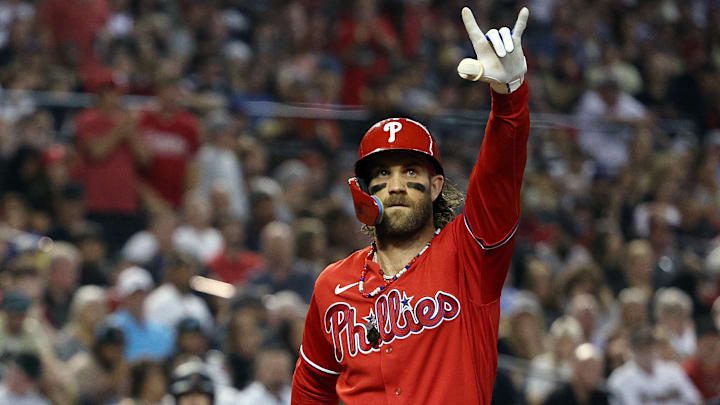No. 3: Chuck Klein
Few players in baseball history launched themselves into the league with the voracity of Hall of Famer Chuck Klein, who notched OPS marks of 1.065, 1.123, .982, 1.050, and 1.025 in his first five seasons in baseball. His 1932 campaign earned him the MVP award, while he was the runner-up both the year before and the year after.
That period of utter dominance is not fully reflected in a career WAR of 46.7. Klein never recaptured the magic of those first years at the Baker Bowl. He bounced around a good bit but always found his way back to Philadelphia, spending parts of 15 seasons with the team in three separate stints from 1928 to 1933, 1936 to 1939, and 1940 to 1944.
As a player of extremes, the record book is well marked by Klein's bat. To this day, Klein is tied with Barry Bonds for the most extra-base hits in a single season in National League history, at 107. He is one of only five players in NL history to ever win the Triple Crown, according to Baseball Reference. He is also one of three Phillies players, along with Delahanty and Mike Schmidt, to hit four home runs in a single game, Baseball Almanac notes.
Aside from his astronomical production, Philly baseball during Klein's tenure was a gloomy affair. The team only once made it over .500 in any of his 15 seasons in town and never once made the postseason, making him a sort of pre-World War II Mike Trout. His 1942 Phils won just 42 games. But Klein's awesome early career output was more than enough to earn him induction to the Hall of Fame from the Veterans Committee in 1980.
